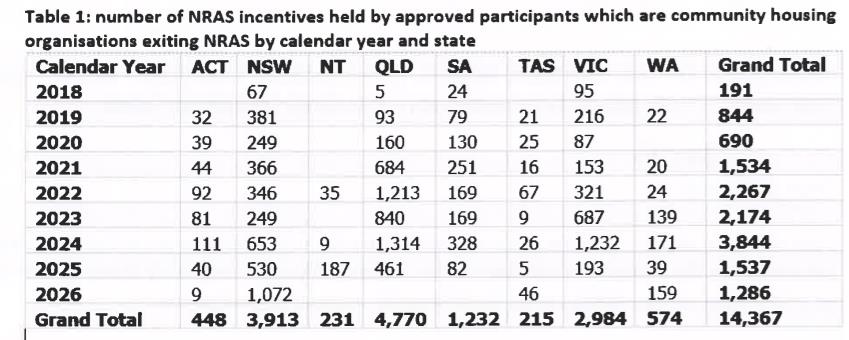A Queensland community housing provider is ‘over the moon’ after winning an UDIA’s Affordable Housing award for what it has dubbed Australia’s first truly affordable build to rent project.
Churches for Christ Housing Services took out the award for its 50-dwelling townhouse complex in Kallangur, in Brisbane’s northern suburbs. The development, which includes a community centre, was built on well-located land gifted to the organisation by local philanthropists Ian and Neva Handy.
CoC Housing Services General Manager Frances Paterson-Fleider says the successful partnership of local philanthropists, funding by their parent organisation Churches of Christ in Queensland, and a local builder National Construction Management (who they had used previously) who was willing to provide a fixed price for the project, all assisted to make it affordable.
Frances says her organisation was delighted at the win, particularly knowing it was competing against property heavy weights like Grocon.
The award ‘recognises outstanding product that’s pricing is aligned with the selected target market and has considered issues such as ongoing operating costs, sustainability, its integration with the local community, and quality finishes amongst other criteria.’
The UDIA noted that the townhouses, ‘deliver well considered design, construction quality, and diversity of product focussed around a community centre and adjacent open space. The development considered both lifecycle costs and practical sustainable initiatives within a tight budget. The project received strong market acceptance from individuals and families in need of safe and quality accommodation at an affordable price.’
‘This was an amazing outcome for Churches of Christ and our Housing team,’ Frances says. ‘I believe every staff member had a role to play in this achievement – whether direct or supporting processes or holding the fort while staff worked on this.
‘Thank you everyone – a remarkable achievement to be recognised by our peers and most importantly, transforming the lives of another 50 households.’



